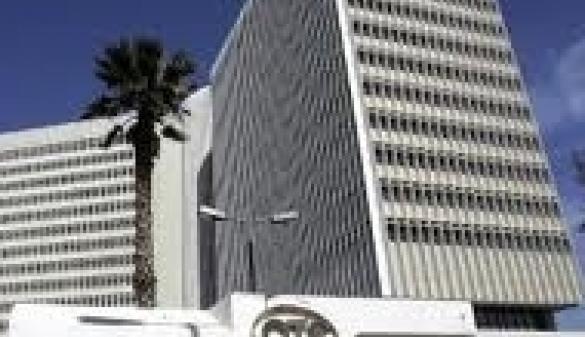
OTE Estate, IFRS
on the instructions of the OTE ESTATE S.A., subsidiary of OTE S.A. (Hellenic Telecommunications Organization) for IFRS reporting
Savills Hellas has been instructed to conduct the annual valuation of OTE ESTATE S.A. portfolio within a very tight timeframe of 3 months. The valuation has been conducted for IFRS financial statement reporting purposes. The portfolio consists of 2,301 properties of various uses such as residential, commercial, mixed-use & car parking buildings, telecommunication centres, storages/warehouses, land plots etc., spread throughout mainland Greece and several islands covering the majority of the Greek territory.
The properties are located in strategic positions, with the majority of buildings being in prime commercial areas. This portfolio ranks among the top three in terms of volume of properties and built area. The total area of the land plots is c. 9.3m sq.m., while the total built area is c. 1.1m sq.m.
The Valuations regard the calculation of the Fair Value of the Freehold Interest of the above portfolio, subject to and with the benefit of the leases that are active on each of the properties and otherwise with the benefit of Vacant possession. We note that the major lessee of the company’s assets is OTE S.A. Since the valuations have been carried for IFRS purposes the basis of the valuation is the Fair Value which in this case is equivalent to the Market Value (MV). The portfolio’s Fair Value has been estimated to c.€1.25bn.
Savills Role:
Savills was the project manager of this project having a team of more than 60 valuers in key locations. Our main initial goals were the following: a) obtaining all the necessary data from our client, b) setting the project’s stages timeframe, c) preparing a tailor-made comprehensive valuation software (Excel format with VBA) as well as an explicit instruction manual, d) creating a database with all the necessary portfolio’s data which would automatically feed the software based on each property’s ID, e) preparing a number of key valuation assumptions, and f) organising the valuation & inspection program for time optimisation. A thorough time schedule was organised and strictly monitored due to the tight timeframe of the project.
The valuation team has conducted inspections in a number of properties (comprising the 80% of the total portfolio’s value) and also surveyed the local markets for information related to rental/sales levels, supply & demand and trends. The rest properties (comprising the other 20% of the total portfolio’s value) were valued on a desktop basis after appropriate research in the respective markets.
A detailed valuation report was prepared for each of the inspected properties with extensive commentary regarding the local market and the property’s qualitative and physical characteristics. These reports were formed on a tailor-made basis in a way that was deemed satisfactory by our client.
The Investment Method and more specifically, the DCF approach was used for the valuations of the leased properties, while for vacant properties we applied the Initial Yield (ARY) approach. As regards land plots, we appropriated used the Comparative Method and/or the Residual Method. Where necessary, we adopted the Depreciated Replacement Cost (DRC) Method due to lack of available market data or special use of the property.








